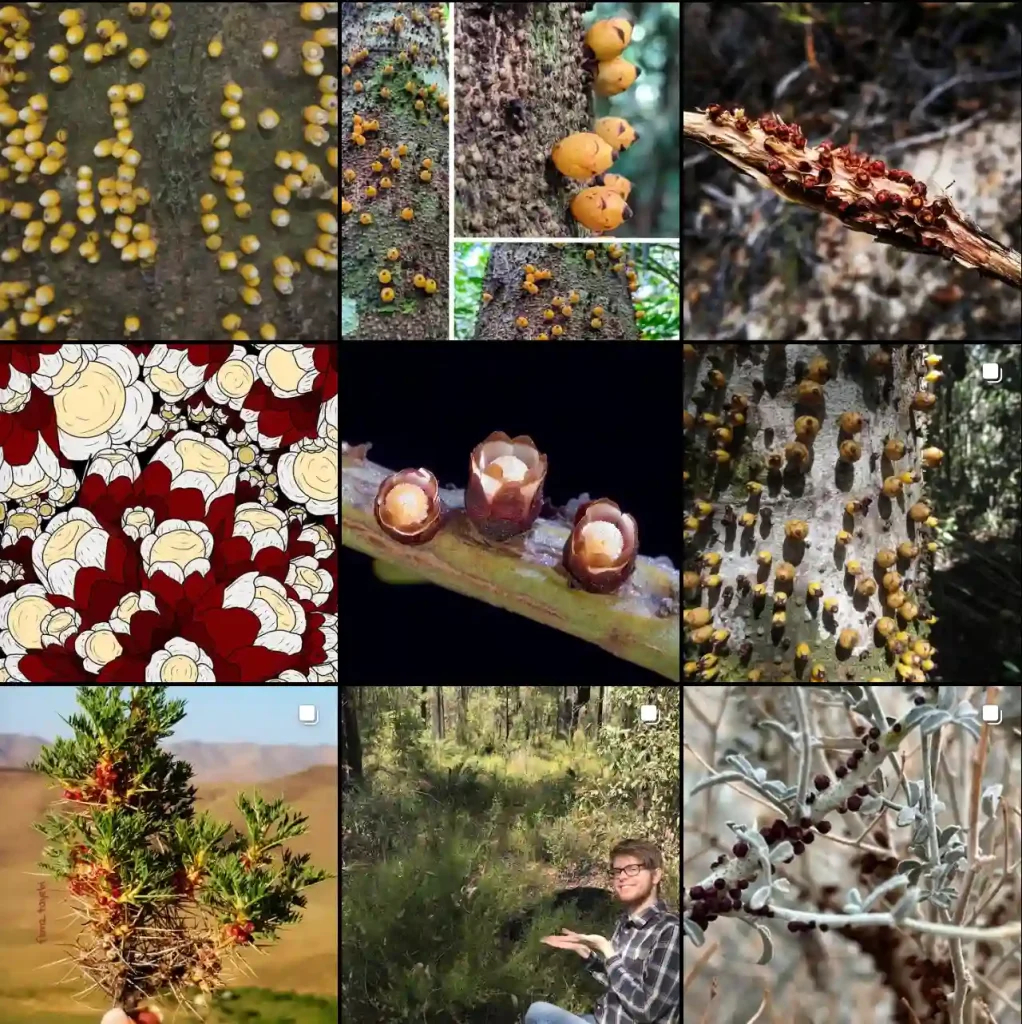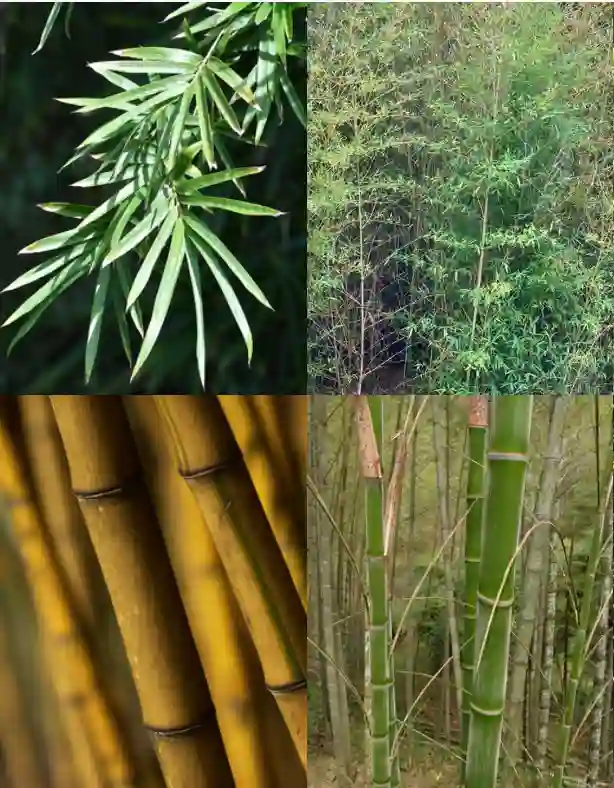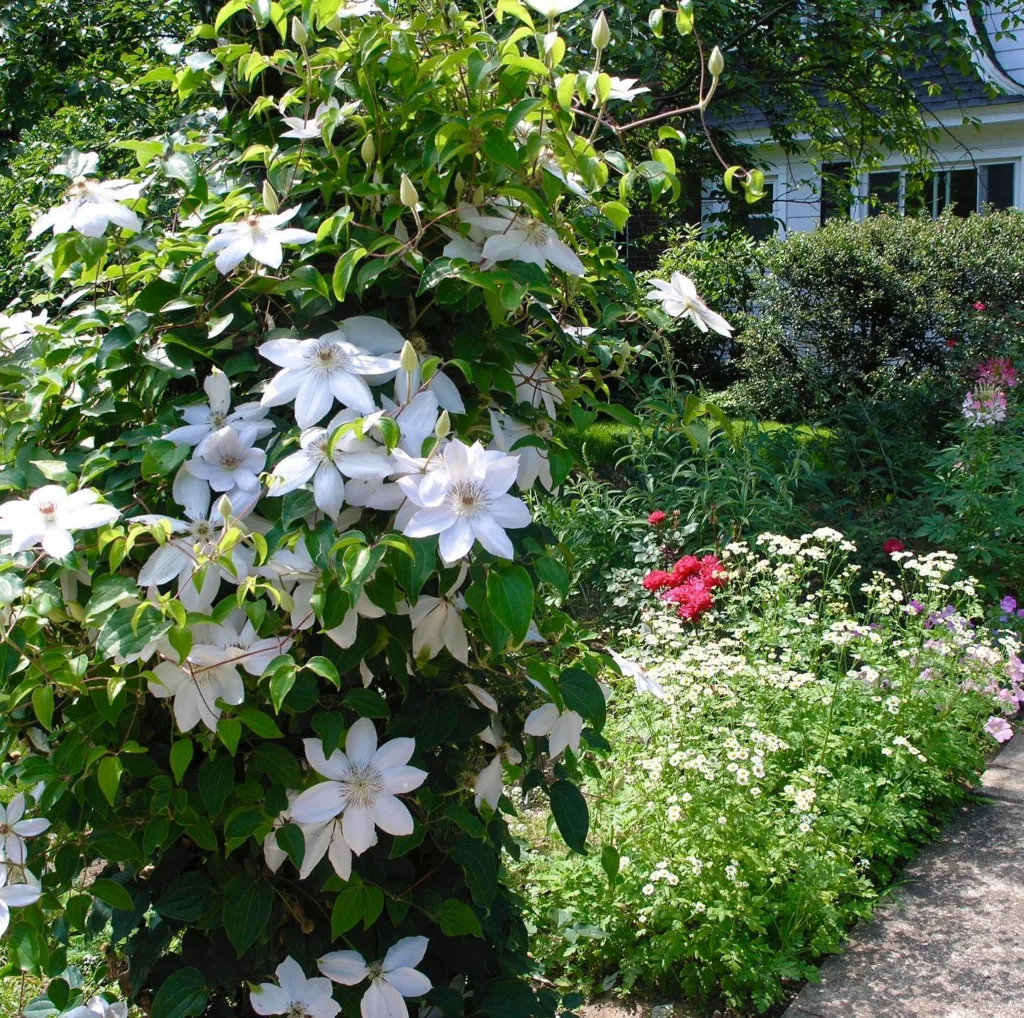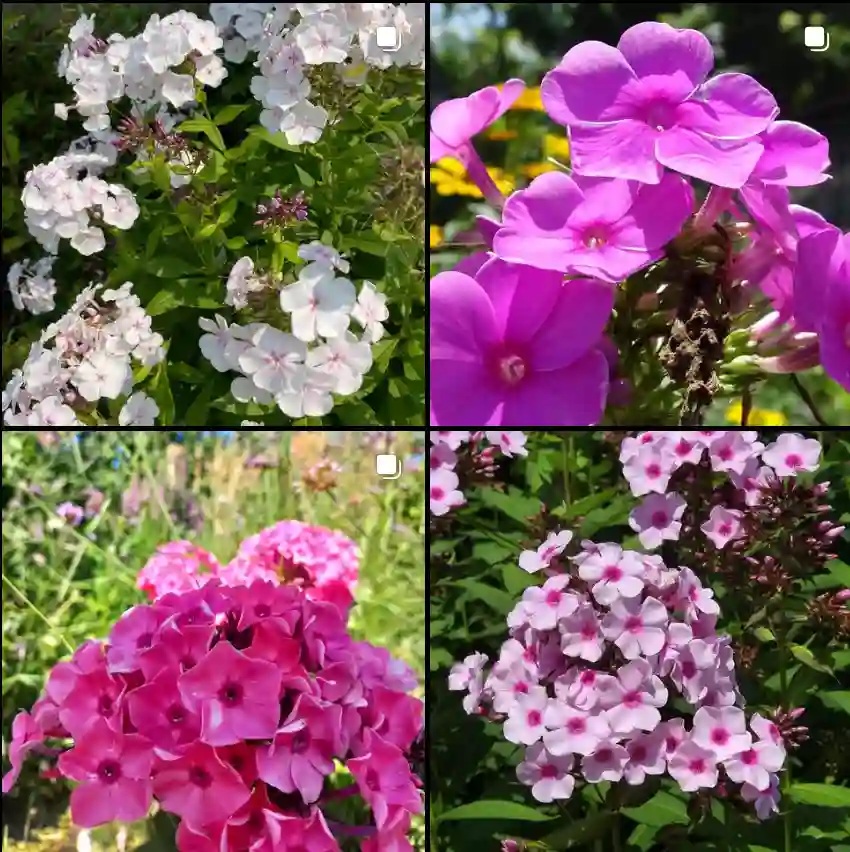FAQs About Alstroemeria: My Experience with This Vibrant Flower
Alstroemeria, also known as the Peruvian Lily, has become one of my favorite plants to grow and care for. It’s not just because of its vibrant colors and the way it brightens up any garden or indoor space, but also because it’s a fascinating plant with a lot of unique characteristics. Over the years, I’ve learned quite a bit about this plant, and I’m excited to share my experiences and answer some common questions about Alstroemeria.
What Is Alstroemeria?
Alstroemeria belong to the Alstroemeriaceae family, is a perennial flower native to South America, particularly in Chile and Brazil. It’s often referred to as the Peruvian Lily, but despite this nickname, it’s not a true lily. This plant is known for its beautiful, trumpet-shaped flowers that come in a variety of colors, including pink, purple, orange, yellow, and white. The blooms typically last for several weeks, making them a favorite among gardeners and florists alike.
Alstroemeria species
- Alstroemeria achirae Muñoz-Schick & Brinck
- Alstroemeria albescens M.C.Assis
- Alstroemeria altoparadisea Ravenna
- Alstroemeria amabilis M.C.Assis
- Alstroemeria amazonica Ducke
- Alstroemeria andina Phil.
- Alstroemeria angustifolia Herb.
- Alstroemeria annapolina Ravenna
- Alstroemeria apertiflora Baker
- Alstroemeria aquidauanica Ravenna
- Alstroemeria arnicana Ravenna
- Alstroemeria aulica Ravenna
- Alstroemeria aurea Graham
- Alstroemeria bahiensis Ravenna
- Alstroemeria bakeri Pax
- Alstroemeria bilabiata Ravenna
- Alstroemeria brasiliensis Spreng.
- Alstroemeria burchellii Baker
- Alstroemeria cabralensis Ravenna
- Alstroemeria caiaponica Ravenna
- Alstroemeria calliantha M.C.Assis
- Alstroemeria cantillanica Ravenna
- Alstroemeria capixaba M.C.Assis
- Alstroemeria caryophyllaea Jacq.
- Alstroemeria chapadensis Hoehne
- Alstroemeria chorillensis Herb.
- Alstroemeria × chrysantha (Ehr.Bayer) J.M.Watson & A.R.Flores
- Alstroemeria citrina Phil.
- Alstroemeria crispata Phil.
- Alstroemeria cuiabana Ravenna
- Alstroemeria cultrifolia Ravenna
- Alstroemeria cunha Vell.
- Alstroemeria decora Ravenna
- Alstroemeria diluta Ehr.Bayer
- Alstroemeria discolor Ravenna
- Alstroemeria douradensis Ravenna
- Alstroemeria espigonensis Ravenna
- Alstroemeria esteparica Gl.Rojas
- Alstroemeria exserens Meyen
- Alstroemeria fiebrigiana Kraenzl.
- Alstroemeria foliosa Mart.
- Alstroemeria fuscovinosa Ravenna
- Alstroemeria garaventae Ehr.Bayer
- Alstroemeria gardneri Baker
- Alstroemeria glaucandra Ravenna
- Alstroemeria gouveiana Ravenna
- Alstroemeria graminea Phil.
- Alstroemeria hookeri Sweet
- Alstroemeria huemulina Ravenna
- Alstroemeria ibitipocae Ravenna
- Alstroemeria igarapavica Ravenna
- Alstroemeria inodora Herb.
- Alstroemeria isabelleana Herb.
- Alstroemeria itabiritensis Ravenna
- Alstroemeria itatiaica Ravenna
- Alstroemeria jocunda Ravenna
- Alstroemeria julieae M.C.Assis
- Alstroemeria kingii Phil.
- Alstroemeria lactilutea Ravenna & Brinck
- Alstroemeria landimana Ravenna
- Alstroemeria leporina Ehr.Bayer & Grau
- Alstroemeria ligtu L.
- Alstroemeria litterata Ravenna
- Alstroemeria longistaminea Mart.
- Alstroemeria longistyla Schenk
- Alstroemeria lutea Muñoz-Schick
- Alstroemeria magna Ravenna
- Alstroemeria magnifica Herb.
- Alstroemeria malmeana Kraenzl.
- Alstroemeria marticorenae Negritto & C.M.Baeza
- Alstroemeria modesta Phil.
- Alstroemeria mollensis Muñoz-Schick & Brinck
- Alstroemeria monantha Ravenna
- Alstroemeria monticola Mart.
- Alstroemeria nidularis Ravenna
- Alstroemeria nivea Ravenna
- Alstroemeria ochracea M.C.Assis
- Alstroemeria orchidioides Meerow, Tombolato & F.K.Mey.
- Alstroemeria oreas Schauer
- Alstroemeria pallida Graham
- Alstroemeria paraensis M.C.Assis
- Alstroemeria patagonica Phil.
- Alstroemeria paupercula Phil.
- Alstroemeria pelegrina L.
- Alstroemeria penduliflora M.C.Assis
- Alstroemeria philippii Baker
- Alstroemeria piauhyensis Gardner ex Baker
- Alstroemeria piperata A.R.Flores & J.M.Watson
- Alstroemeria plantaginea Mart.
- Alstroemeria poetica Ravenna
- Alstroemeria polpaicana Ravenna
- Alstroemeria polyphylla Phil.
- Alstroemeria presliana Herb.
- Alstroemeria pseudospathulata Ehr.Bayer
- Alstroemeria psittacina Lehm. Plant FAQs: Alstroemeria Psittacina
- Alstroemeria pubiflora Ravenna
- Alstroemeria pudica Ravenna
- Alstroemeria pulchra Sims
- Alstroemeria punctata Ravenna
- Alstroemeria pygmaea Herb.
- Alstroemeria radula Dusén
- Alstroemeria recumbens Herb.
- Alstroemeria revoluta Ruiz & Pav.
- Alstroemeria ribeirensis Ravenna
- Alstroemeria roseoviridis Ravenna
- Alstroemeria rupestris M.C.Assis
- Alstroemeria sabulosa Ravenna
- Alstroemeria schizanthoides Grau
- Alstroemeria sellowiana Seub.
- Alstroemeria spathulata C.Presl
- Alstroemeria speciosa M.C.Assis
- Alstroemeria spectabilis Ravenna
- Alstroemeria stenopetala Seub.
- Alstroemeria stenophylla M.C.Assis
- Alstroemeria stramonia M.C.Assis & Mello-Silva
- Alstroemeria talcaensis Ravenna
- Alstroemeria timida Ravenna
- Alstroemeria tombolatoana M.C.Assis
- Alstroemeria traudliae J.M.Watson & A.R.Flores
- Alstroemeria umbellata Meyen
- Alstroemeria variegata M.C.Assis
- Alstroemeria versicolor Ruiz & Pav.
- Alstroemeria virginalis Ravenna & Brinck
- Alstroemeria viridiflora Warm.
- Alstroemeria werdermannii Ehr.Bayer
- Alstroemeria xavantinensis Ravenna
- Alstroemeria yaelae Ravenna
- Alstroemeria zoellneri Ehr.Bayer
Is Alstroemeria a Lily?
As I mentioned, Alstroemeria is often called the Peruvian Lily, but it’s important to note that it’s not a true lily. True lilies belong to the genus Lilium, while Alstroemeria is in the Alstroemeriaceae family. The confusion often arises because of the similar shape of the flowers, but botanically speaking, they are different.
Alstroemeria vs Tiger Lily
Comparing Alstroemeria to a Tiger Lily is like comparing apples to oranges. Tiger Lilies are true lilies and have larger, more robust flowers with a unique speckled pattern. Alstroemeria flowers are smaller, more delicate, and usually don’t have the same speckled appearance. If you’re looking for something that’s easy to grow and blooms prolifically, I’d recommend Alstroemeria.
Alstroemeria vs Charmelia
Charmelia is a relatively new variety that has been bred for its long-lasting flowers. While both Alstroemeria and Charmelia have similar-looking blooms, Charmelia tends to have a more compact growth habit and is particularly popular in the cut flower industry. I find Alstroemeria to be more versatile in the garden, especially if you want something that can spread and create a full, colorful display.
Alstroemeria vs Orchid
Orchids and Alstroemeria are both stunning, but they serve different purposes in the garden or home. Orchids are often seen as more exotic and can be a bit more challenging to care for, while Alstroemeria is hardy and low-maintenance. If you’re looking for a plant that’s easy to grow and can provide continuous blooms, Alstroemeria is the way to go. However, if you’re up for a challenge and want something that can be a centerpiece, orchids might be more your style.
Are Alstroemeria Toxic to Cats?
This is a question I get a lot, especially from pet owners. Alstroemeria is mildly toxic to cats. If ingested, it can cause gastrointestinal issues such as vomiting and diarrhea. It’s always best to keep this plant out of reach of your feline friends.
Are Alstroemeria Poisonous to Dogs?
Similar to cats, Alstroemeria is mildly toxic to dogs. The plant contains a compound called tulipalin A, which can cause mild irritation if ingested. While it’s not usually life-threatening, it’s still a good idea to keep your dogs away from the plant.
Do Deer Eat Alstroemeria?
One of the reasons I love planting Alstroemeria is that deer generally don’t bother with it. Deer tend to avoid plants with a strong scent or bitter taste, and Alstroemeria falls into this category. This makes it a great option for gardens in areas where deer are a common problem.
How to Grow Alstroemeria from Cuttings?
Growing Alstroemeria from cuttings can be a bit tricky, but it’s certainly possible. The best time to take cuttings is in the early spring. Choose a healthy, mature plant and take a cutting just below a leaf node. Dip the cutting in rooting hormone and plant it in a pot filled with a well-draining potting mix. Keep the soil moist but not soggy, and within a few weeks, you should see roots starting to develop.
How to Grow Alstroemeria in Pots?
Growing Alstroemeria in pots is a great option if you have limited garden space or want to bring some color to your patio. Choose a pot that’s at least 12 inches in diameter and has good drainage. Use a high-quality potting mix, and make sure to water regularly, especially during the blooming season. Alstroemeria prefers full sun but can tolerate partial shade, so place your pot in a spot where it will get plenty of light.
Can You Grow Alstroemeria from Cut Flowers?
While it might be tempting to try and grow Alstroemeria from cut flowers, it’s not typically successful. Cut flowers are usually too far along in their growth cycle to be propagated. If you want to grow Alstroemeria, it’s better to start with a potted plant or from cuttings.
How to Propagate Alstroemeria?
Propagating Alstroemeria is usually done through division rather than from cuttings. In the fall, when the plant is dormant, carefully dig up the clump and separate the rhizomes. Each piece should have at least one healthy shoot and some roots. Replant the divisions immediately, either in pots or directly in the garden. Water them well, and with a bit of patience, you’ll have new Alstroemeria plants in no time.
Where to Buy Alstroemeria Plants?
I’ve found that the best place to buy Alstroemeria plants is from a reputable garden center or nursery. You can also find them online, but be sure to buy from a trusted seller to ensure you’re getting a healthy plant. I’ve had great success purchasing from local nurseries where I can see the plant’s condition before buying.
Conclusion
Alstroemeria is a versatile and beautiful plant that can bring a splash of color to any garden or home. Whether you’re a seasoned gardener or a beginner, it’s a great plant to grow. Just remember to keep it away from pets, and you’ll enjoy its vibrant blooms for years to come. Whether you’re growing it in pots, propagating it, or just enjoying its flowers, Alstroemeria is a plant that truly stands out.
If i die, water my plants!



